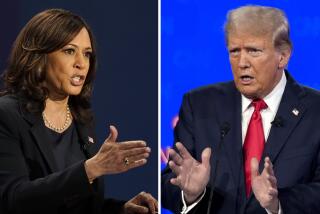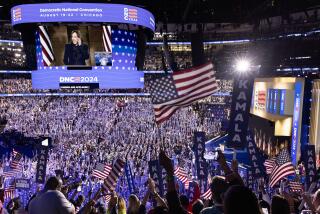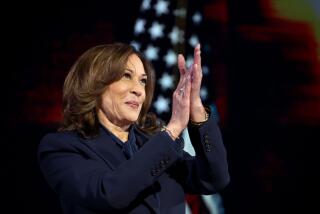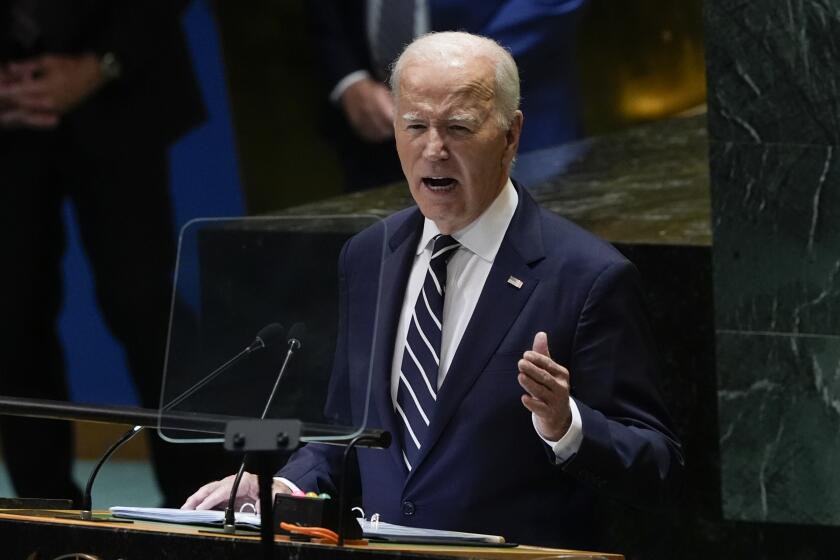Media more positive on Obama, but not as clearly as in 2008
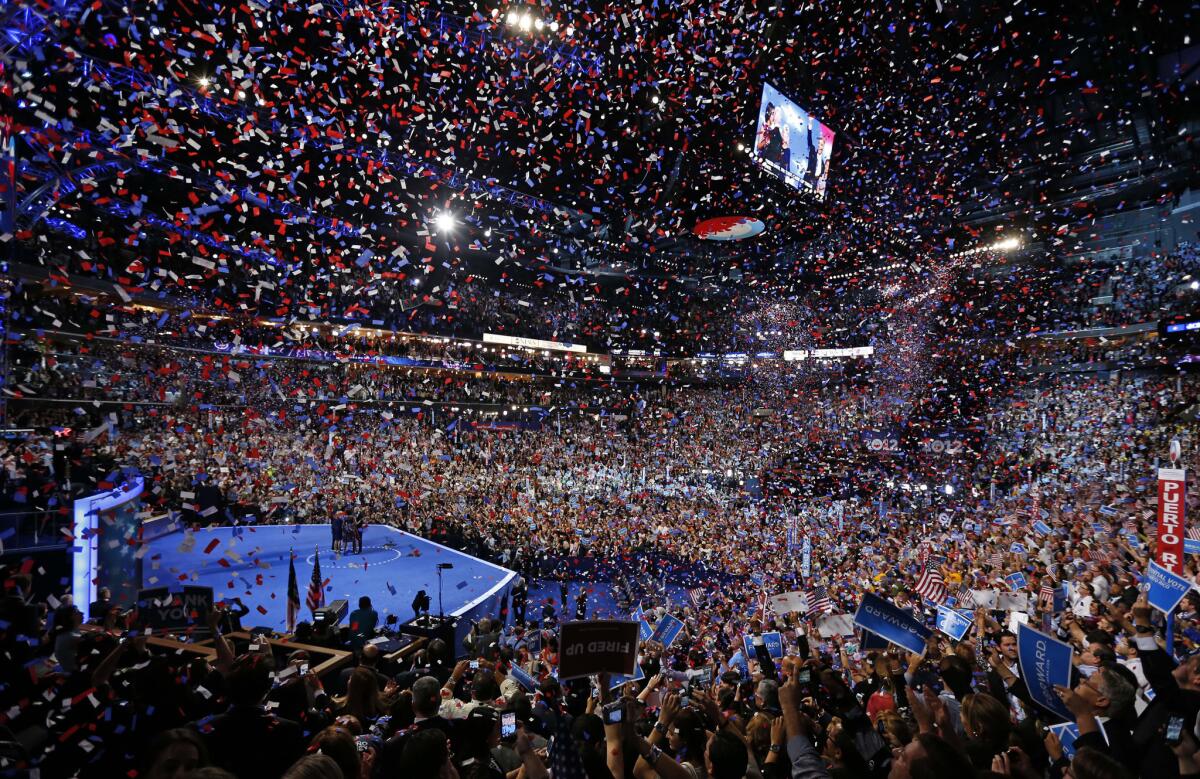
A study of how the media have covered the presidential race since the parties’ national conventions shows that President Obama received more positive mainstream media coverage than Mitt Romney.
Obama received more positive mainstream media coverage than Romney over the last two months, though the campaign narrative turned sharply against the incumbent after his tepid performance in the first presidential debate, according to a survey of 49 major media outlets.
Obama’s coverage was positive only in relative terms, though, compared with the often glowing accounts that greeted his run four years ago. Back in 2008, the then-senator from Illinois drew nearly twice as many positive stories as negative ones. This year, from the time of the political conventions through Oct. 21, negative stories outnumbered positive ones for the president.
Those were among the principal findings of the Pew Research Center’s Project for Excellence in Journalism Center, which reviewed 2,457 stories from print, television and online outlets to reach its conclusions.
Among the other notable findings in the Pew report: Obama enjoyed the advantage because stories tended to focus on who was perceived to be leading the race.
The two candidates received virtually identical coverage when the researchers factored out so-called horse-race stories and measured the positive-negative balance of stories about policy, personal history and political record.
The Washington-based research organization found three distinct periods in the media narrative since the first week of September, when the Democratic National Convention was held in Charlotte, N.C.
Convention speeches by former President Clinton and First Lady Michelle Obama at the convention got particularly positive coverage. That was followed by a series of events that piled up against the Republican challenger: Obama opened a narrow lead in most polls; Romney spoke precipitously about the attack on American personnel in Libya and, six days later, was captured on video making disparaging remarks about 47% of Americans.
In the latter incident, Romney told a room full of big-money donors that nearly half of Americans were “victims” who were “unwilling to take responsibility for their lives.” That story broke Sept. 17 and threw Romney on the defensive. Sixty-one percent of the coverage about him turned negative, compared with just 3% positive — the worst coverage for the challenger during the entire campaign, Pew found.
Most of the negative coverage for Romney and positive reviews for Obama in the last two months stemmed largely from the incumbent’s slight ascendancy in the polls.
The tone of stories changed “overwhelmingly” after the initial debate between the two men, on Oct. 3 in Denver. While Romney looked presidential and in command, Obama appeared unfocused and not ready to fight for his job. Some 72% of Americans told Gallup they thought Romney had won the debate.
Stories had run 6-to-1 negative for Romney just before the debate, but shifted in the four days immediately after the debate to 32% positive and 23% negative. The Republican’s coverage then slipped to more negative than positive, but not nearly as bad as it had been before the debate.
The press and public said Obama did considerably better in a second debate than he had in the first, and media accounts reflected that assessment.
In recent weeks, reporting on both candidates has been more negative than positive — though marginally better for Obama than for Romney.
Though critics have persistently lambasted the media over many years for too much horse-race coverage, policy received fractionally more attention in the latter months of the 2012 campaign — 22% of all stories — than it did in 2008, when 20% of the stories were issue-related.
The study confirmed conventional wisdom on another point. Fox News produced by far the most negative coverage of Obama — 46% negative and 6% positive, with the remainder mixed. MSNBC provided an even more negative portrayal of Romney — with 71% of its stories negative compared with 3% positive.
Among cable outlets, CNN fell somewhere in the middle. But its slightly negative mix of stories on Obama (tilting 3% more negative than positive) was matched by a considerably greater balance of stories against Romney. The negative-over-positive margin for the challenger on CNN was 25%.
The Pew center’s review of front-page coverage in 11 daily newspapers — including the New York Times, Los Angeles Times, Denver Post and Traverse City Record-Eagle in Michigan — found the coverage markedly more balanced than in many other media platforms. About two-thirds of front-page newspaper stories were mixed in tone. Those that did tip one way or another came out slightly more positive for Romney, with a 3% positive differential, than for Obama, who received 6% more negative stories.
Both candidates have had a cakewalk compared with the 2008 Republican nominee, Sen. John McCain, who was perceived to be behind from the start and never caught up. Nearly 7 in 10 front page newspaper stories about McCain were negative.
Twitter: latimesrainey
MORE COMMENTARY FROM JAMES RAINEY:
A new Romney ad, a new misleading claim
New Obama-loathing website debuts in time for election day
President Obama and Chris Christie help themselves in ’12 and ’16
More to Read
Get the L.A. Times Politics newsletter
Deeply reported insights into legislation, politics and policy from Sacramento, Washington and beyond. In your inbox three times per week.
You may occasionally receive promotional content from the Los Angeles Times.
